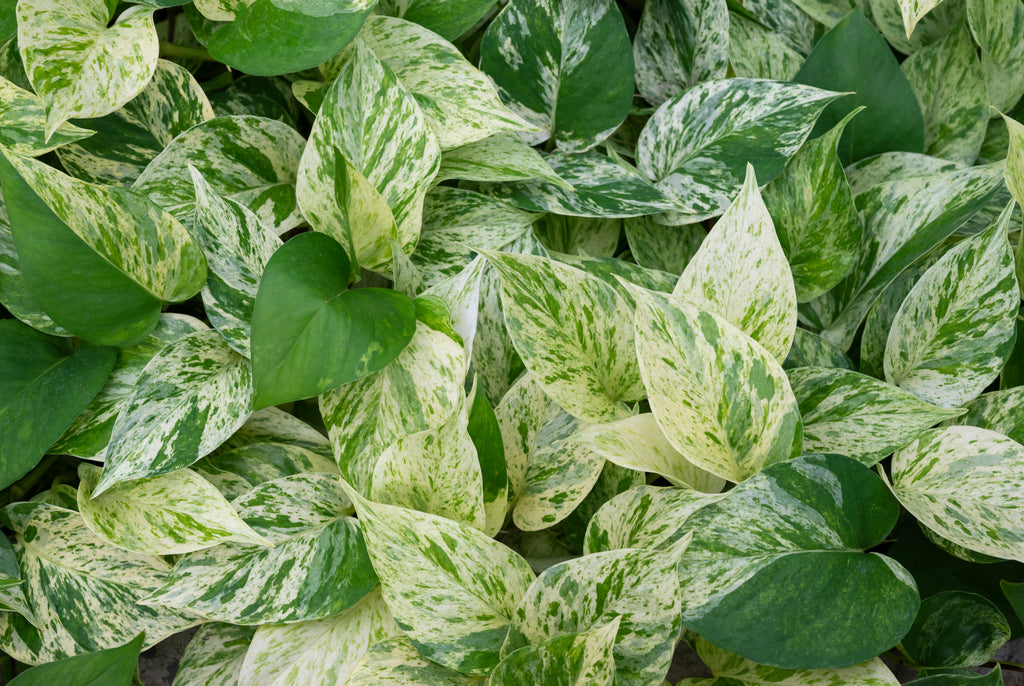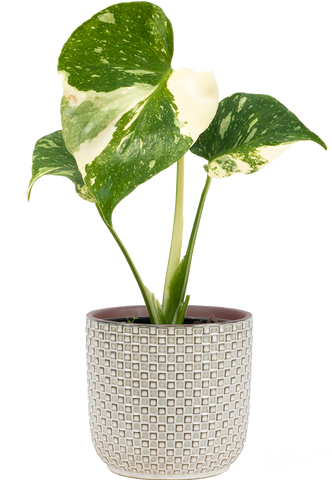Hey plant parents! Let’s talk about the variegation in the room...
What is Variegation Anyway?
Variegation occurs when certain areas of a plant's foliage lack chlorophyll, the pigment responsible for green coloration. This absence results in patches, stripes, or marbling of different colors on the leaves, ranging from creamy whites to vibrant yellows and pinks. There are hundreds (if not thousands) of variegated plant species available in the market, each offering its unique patterns and colors. Popular families with variegated varieties include Pothos, Philodendron, Monstera, Calathea, Dracaena, and many more!
How is Variegation Achieved?
Variegation can be natural or induced. Natural variegation arises from genetic mutations or environmental factors like light intensity and temperature fluctuations. Horticulturists can also induce variegation through selective breeding or propagation techniques, such as tissue culture.
How is Variegation Maintained?
To maintain strong variegation, provide your plants with adequate but indirect sunlight. Because the variegated patches lack chlorophyll, which absorbs sunlight and converts it into energy for the plant to grow, variegated areas cannot perform photosynthesis efficiently or at all. As a result, these parts of the leaf rely on adjacent green tissues for energy production. Providing adequate light allows the plant to absorb enough sunlight through the green tissue, and the plant can maintain its variegation. Avoid direct sunlight, though, as this can burn the delicate tissue. Avoid over-fertilizing as well, as excessive nutrients can lead to green overgrowth, diluting the variegation.
Just like us, every plant is unique, and we're here for diversity! Variegation levels vary (get it, vary.. variegation..) among plants and are influenced by factors like genetics, light exposure, and environmental conditions. Some plants have subtle variegation, while others display more prominent patterns. Variegation can also be unstable, leading to reversion where the plant reverts to its original non-variegated form if it isn’t getting enough light or has been over-fertilized. Conversely, over-variegation may occur when there is an excess of non-green tissue, hindering photosynthesis and resulting in stunted growth. If you notice your plant is no longer producing green tissue in the leaves, and the growth is smaller, simply prune back your amigo to encourage new growth of green tissue. Balance is key!
So what are you waiting for? Add some pops of colour and unique variety to your indoor jungle and shop our full range of variegated amigos today!

















